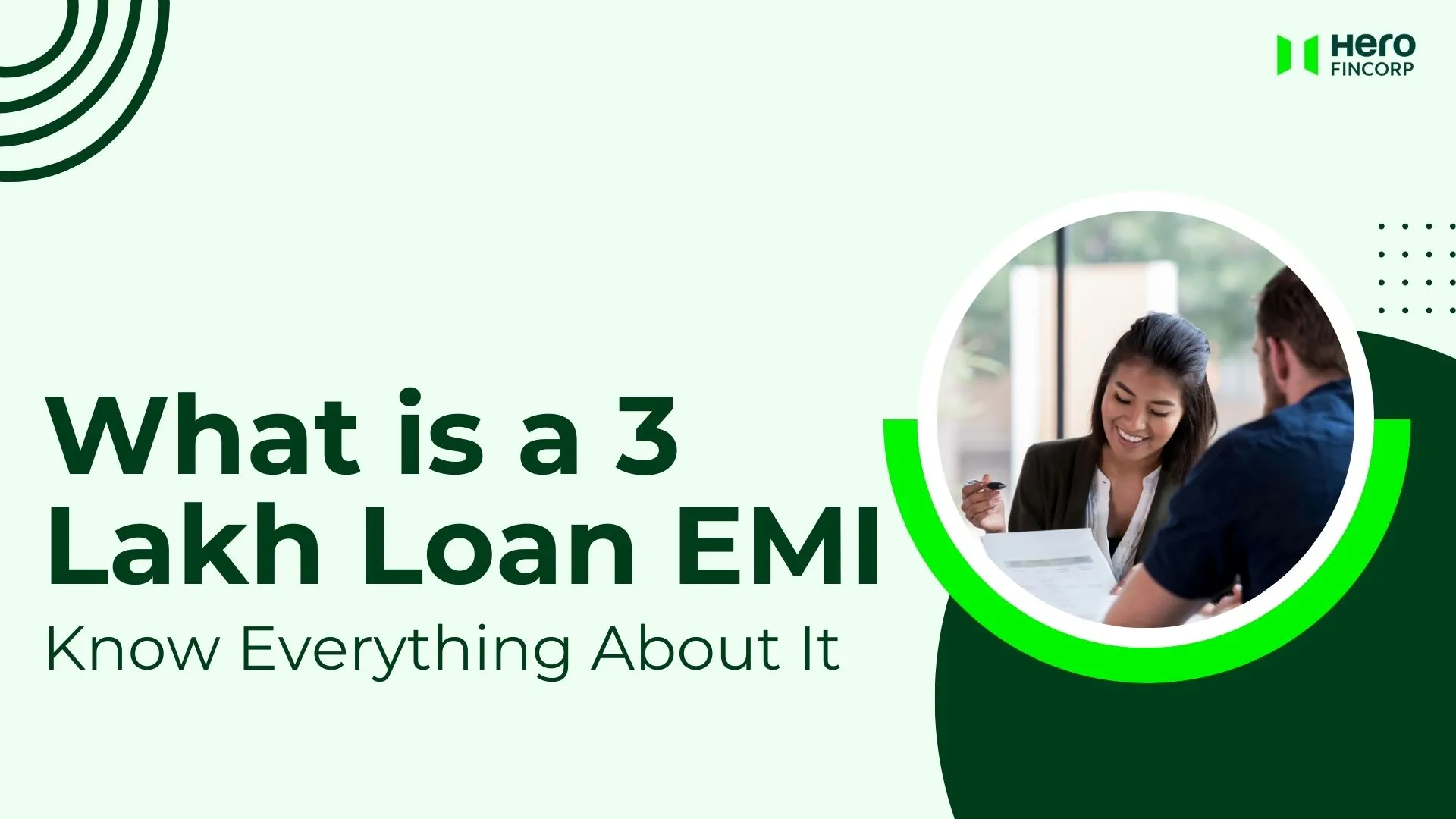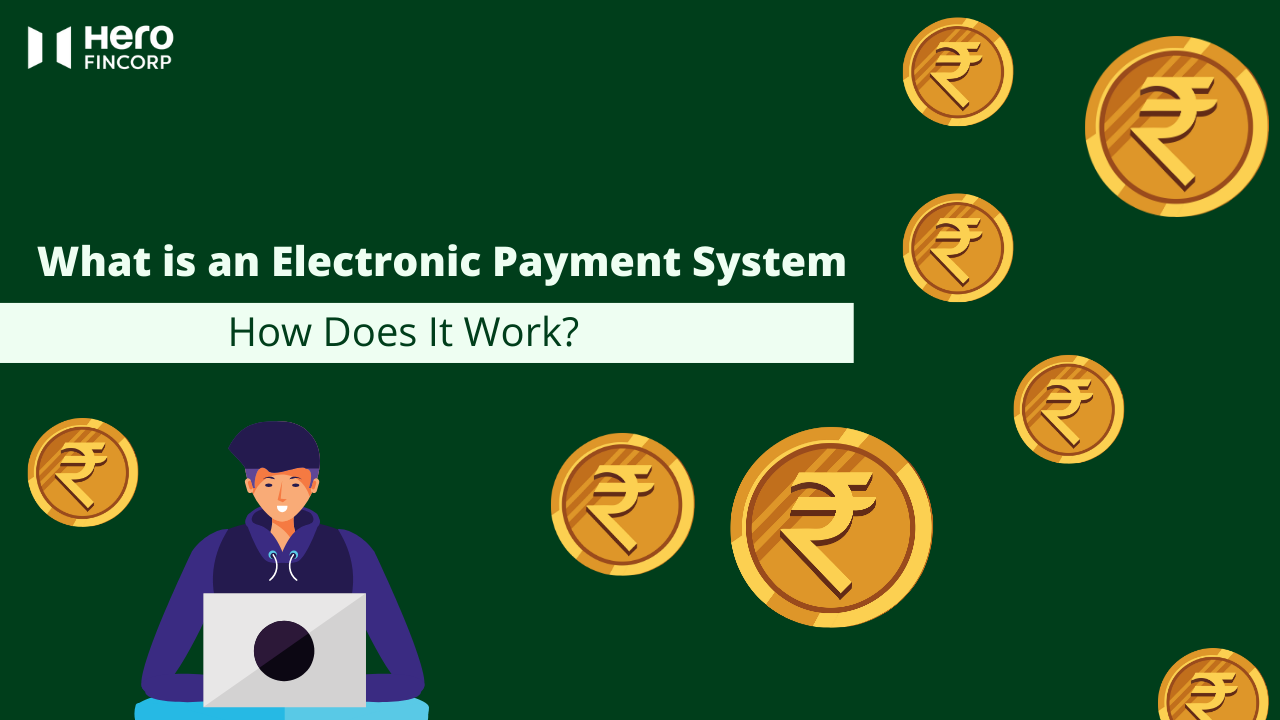
Imagine you have savings in two banks. One for salary, another for side income. Wouldn’t it be handy if you could manage both using the same UPI setup? Good news: many UPI apps today let you link multiple bank accounts under a single mobile number. That means smoother money flow and easier fund management.

If you lack credit history or collateral but hope to start a business and become financially independent, microfinance loans can make it possible.
Microfinance goes beyond small loans. It empowers individuals, opens doors to opportunity, and supports financial growth. Read on to learn what microfinance is, its types, its benefits, and how it's helping millions globally.

When considering a Personal Loan of Rs 3 Lakh, understanding your Equated Monthly Instalment (EMI) is crucial for effective financial planning. This comprehensive guide will help you understand what your 3 Lakh loan EMI will be, how to calculate it and factors affecting your monthly payments.

Planning your dream wedding does not have to empty your savings or leave you in debt. With smart financial planning, you can create a beautiful celebration under Rs 5 Lakh while keeping the joy, culture, and traditions that make Indian weddings so special.

Many borrowers casually use loan settlement and loan closure interchangeably. But they are different.

Asha wants a house, and Vikram wants a vehicle. Both need loans, but learn the hard way that one loan will not cover every need. Asha needs a long-term loan secured by property, while Vikram needs a loan collateralised by a vehicle.

In 2025, 40%-45% of all personal loans sanctioned by banks in India were indeed top-up loans. So, many individuals feel the need for extra funds even after getting the loan amount they originally applied for.
But here’s the catch: while applying for extra funds, most are unclear whether they should go for a fresh personal loan or simply add a top-up to their existing one.

Today, one can hardly imagine life without electronic payment solutions. Whether you are paying bills online, transferring money to family members, or shopping at your favourite retail store, EPS is everywhere.

You’re all set to sign the dotted line of your personal loan agreement. The prospect is thrilling.
But let’s hit pause before we get the ink flowing. It’s vital to have clarity in this moment.